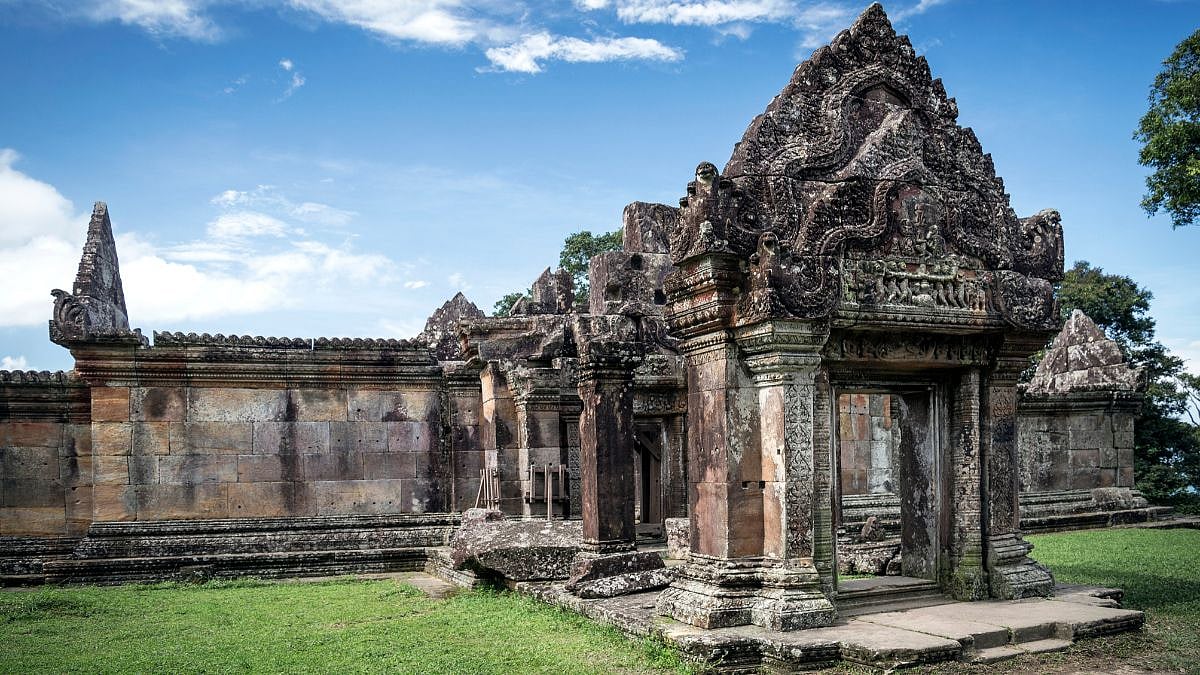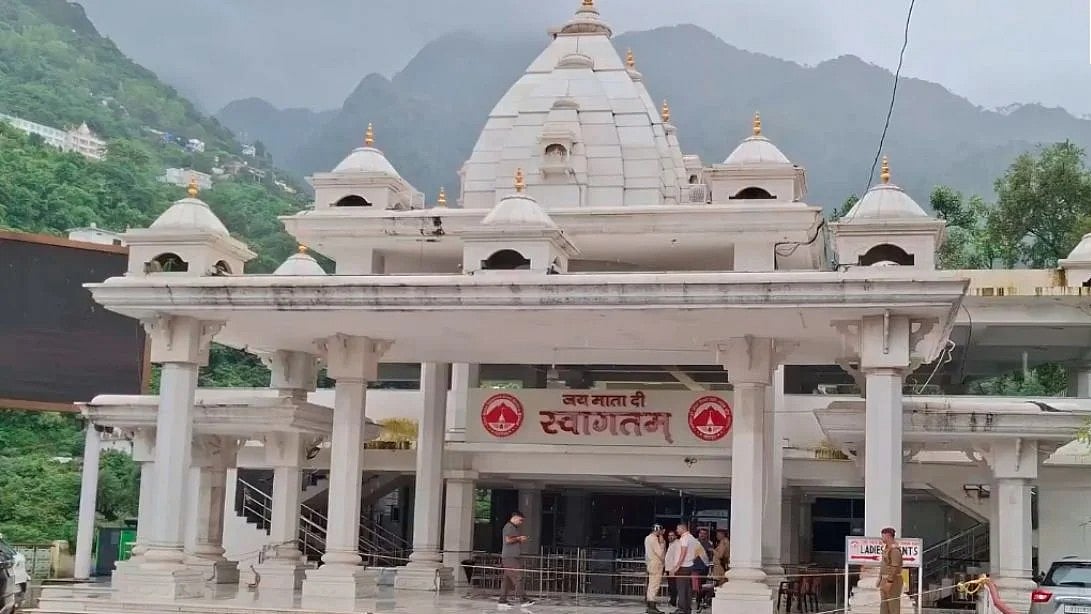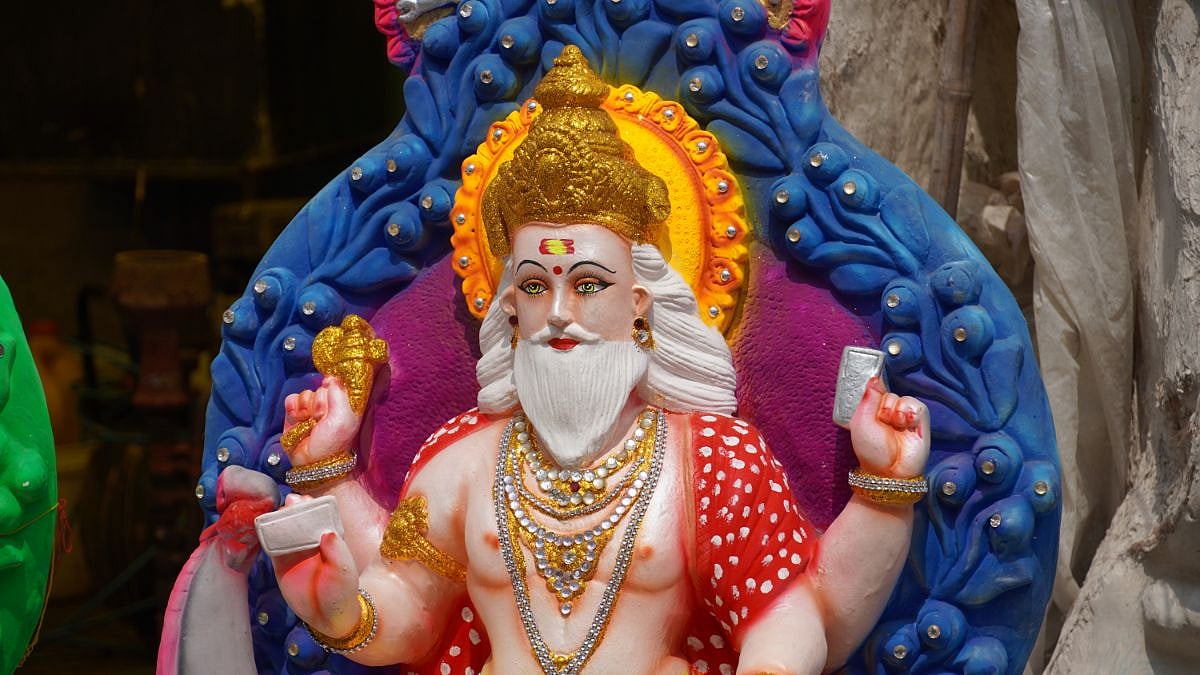Shringa-giri or Shringeri is said to be the tapa-sthana (penance location) of Sage Rishyashringa. Rishyashringa was the son of Vibhandaka rishi who was the son of Sage Kashyapa. He was lured into the kingdom of Romapada as the Anga kingdom did not receive rains for years. The king offered his daughter Shanta to Rishyashrunga and made him settle in his kingdom. The same Rishyashringa was requested by Dasharatha to perform ‘Ashwamedha’ and ‘Putra Kameshti’ rituals. Shringeri is also a pious land where Hanuman relates to. In Ramayana the Kishkinda, the capital of Vanaras was located around this place. The visiting brothers of Rama and Lakshmana wonder at the prevailing ecosystem there.
In the modern days, Shri Adi Shankaracharya established the Dakshinamnaya peetham at Shringeri. Shri Sharada, the learning Goddess is located at the place. Generations of acharyas rendered yeoman service in the upkeep of the tradition. They guide the householders in having a dharmic (according to the apt code of conduct) lifestyle. The aptness of the lifestyle often may be seen as the result of the desha-kala-stiti, dimensions of place/time/condition. However, the foundational dharma may be beyond-layers, and unaffected by the changing top layers is the thought.

The presiding Devi of Shringeri, Sharada controls the ‘vidwat’ (learning related gravitas) of the seeker. Learning has nuances and layers. First it starts with the remembering of the facts; ‘by-hearting’ or rote-learning has its own purposes especially in the days when there were no written records and everything was ‘shruti’ (heard!) remembering had its own importance. One may recite a hymn haltingly referring to the book but a remembered flow is always superior is the view we shall have. In the next level, it is the understanding. It is always said that one that is not understood cannot be applied. Naturally the next level is application. Analysis of the situations and comparative judgement for better actions is required, which is the next level. Then the seeker evaluates and creates his own views. Behind each of the above acts is the Goddess of Learning.
The recognition may or may not come and Prarabdha has a role to play but the ‘vidwat’ and the ‘flow’ known as ‘Saras’ are Sharada given. We just allow the flow through us, and experience bliss.
Prof S Ainavolu is a Mumbai-based teacher of tradition and management. He is with VPSM. Views are personal. www.ainavolu.in/blog











